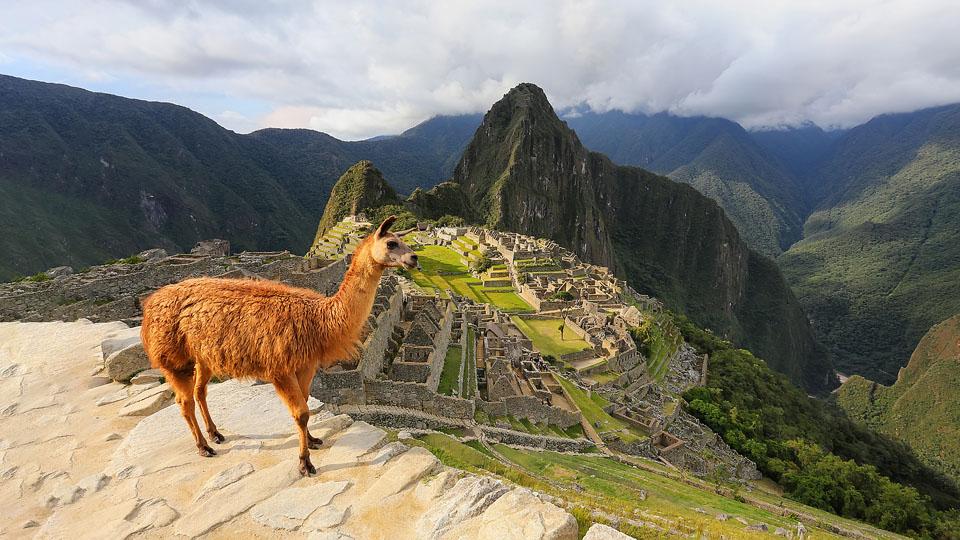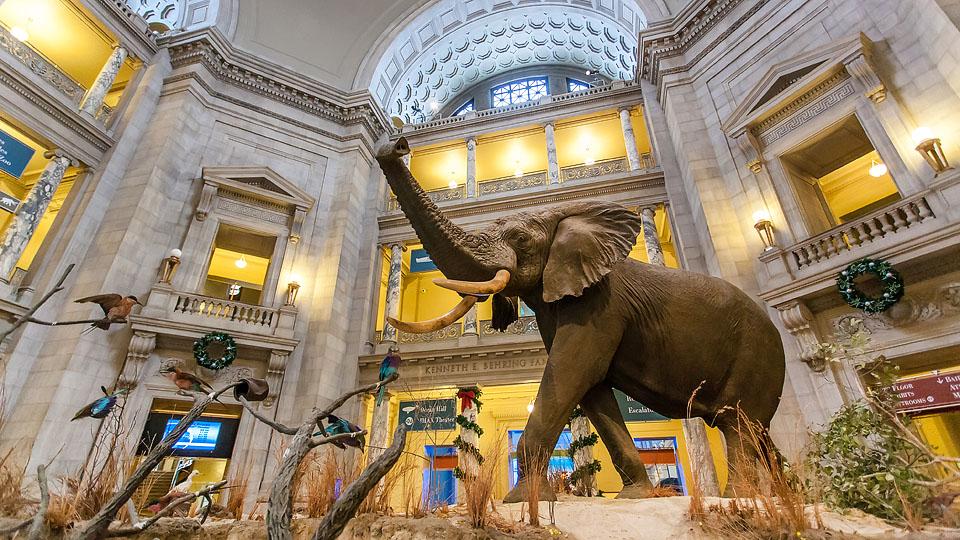This post may contain affiliate links, please see the privacy policy for details.
Like many, coffee is how I start my day and my morning will often seem off if I don’t have it. Life truly begins after my cup of coffee. I recently had an opportunity to join Keurig Canada on a trip to visit the Eje Cafetero (a traditional coffee-growing region) in Colombia. It was an enlightening experience and I will never look at a cup of coffee the same again.

Sustainable Living
Until this trip, I never really stopped to think about all that went into my morning coffee. It is the same with most products we consume, and I feel like we all need to start asking more questions.
- Who produced it?
- What has happened to get this product to me?
- What happens to this product when I am done with it?
I also recently went on a trip to a tree farm to learn about sustainable forestry and how to make wise choices for paper products that I use every day.
Learning the story of the products that I use is a new passion of mine. I am so happy that I get the opportunity to share what I learn with you all…and as you can tell, today’s post is all about coffee!


This was my first trip to South America, so I was very excited. The group I was with was traveling from various locations, so we all met in Panama and flew together to Pereira, Colombia, the following day. When visiting Columbia, you can find many educational coffee tours or coffee-tasting excursions and I recommend you consider them if you travel to the area. We were out of Pereira but you can find Medellin tours, too.
Being Italian, I probably started drinking coffee way younger than the average person. My nonna used to give me coffee in my milk in my cereal! It was like a weak latte with cereal in it! Regardless,it is safe to say I am a BIG coffee lover.

The gals I traveled with are Krystle Ng-aMann, Jess Megan, me & Camille Lavallée-Pelletier. One of the best things about my job is the people I meet. I traveled to Jamaica earlier in the year with Krystle and Jess and was so happy that I was able to get to know Camille.

First Things First – It is a Fruit
If you didn’t know this already, coffee is a fruit that grows on a tree. Even though we call them coffee “beans” they are the seeds of the red, juicy, cherry-like coffee fruit and not beans at all,technically.

The Coffee Making Process – Farm to Cup
There are many steps that go into bringing coffee from the farm in Colombia to your cup. Keurig Canada is very involved in their coffee sourcing and want to make sure that the three pillars of sustainability: social, economic, and environmental are factors in bringing us their high-quality coffee. Keurig is one of the top ten roasters (by volume) in the world. Keurig has made a commitment to move beyond traceable coffee(which tells us where their coffee comes from) to 100% responsibly sourced coffee by 2020, which ensures that their coffee is socially and environmentally sustainable. KeurigCanada is also the largest buyer of Fair Trade certified coffee in the world and a leader in coffee sustainability.

The steps that I experienced in Colombia, from farm to cup are:
- Planting – A coffee bean is actually a seed. When dried, roasted and ground, it’s used to brew coffee. If the seed isn’t processed, it can be planted and grow into a coffee tree. The trees are initially grown in a nursery on the farm and then transplanted when they are big enough. Only the best coffee trees are planted.
- Growing – It takes approximately 3 to 4 years for the newly planted coffee trees to bear fruit.The fruit, called the coffee cherry, turns a bright, deep red when it is ripe and ready to be harvested.
- Harvesting – Once the coffee cherries are ripe, they are picked by hand! It is very labour intensive, but the farms make sure only the best cherries are picked. In Colombia, they can often get two harvests a year.
- Processing – Once cherries are picked,they go into a wet mill which takes the outside off the coffee cherries and you are left with a wet coffee bean. The bean is then fermented to remove the outside layer of the coffee bean.
- Drying – After processing, the coffee beans are put out on roofs and tables to dry in the sun.
- Milling – The dried coffee beans are taken to a co-op by the farmer and then go through a process to remove the outer layer of parchment. After this, they are sorted and graded.
- Exporting – The coffee bean sare then exported to Keurig.
- Roasting, Grinding and Packaging – Keurig will roast, grind and package the coffee, making it ready for sale.
- Brewing – This is the step we are all most familiar with but as you can see, there are many steps to get to this point.

Makes sure you check out my trip vlog on YouTube for better quality

Coffee Farmers – The Heart of the Coffee Industry
If I only had one take away from this trip it was about how proud and hard-working the coffee farming families are in Colombia. I was so honoured to be able to experience this side of the industry and their hospitality.
Keurig believes that quality coffee starts with quality relationships with coffee farmers. Keurig Canada provides its suppliers, their employees and their communities with the resources required to improve business practices and livelihoods. Keurig has helped farming families through various initiatives that resulted in, sustainable farming practices, new sources of income, and access to clean water.
On this trip we also saw first hand how Keurig is helping coffee farmers become water stewards for their communities by reducing water use and improving the environment for those people living downstream by managing wastewater from coffee processing.

Life happens. Coffee helps.
Climate Change – How it Impacts the Coffee Growing
Climate change is a current threat to coffee farming, while demand for coffee grows around the world. This means we’ll need to double coffee production on half the land. Genetic diversity of coffee is low, which makes coffee vulnerable to climate change, and limits farmer profitability.
Keurig Canada invests in an industry-led collaboration called World Coffee Research which conducts research to identify ways to improve resilience to challenges such as climate changes, disease and pests in the coffee farming industry.


As well, we learned about Keurig’s support for the climate change adaption project “Todos al Agua”, in partnership with the supplier RGC and the cooperative ANSERMA. This project will support 364 farming families to increase their resilience to climate change, with a focus on water resources. The main components are:
- Strengthening the community’s ability to protect their environment and watershed;
- Protecting water springs and rivers via reforestation;
- Managing wastewater from coffee processing; and
- Improving soil management practices on the farms
The end goal of these programs is to help protect coffee farming from the impacts of climate change and helping coffee farmers to thrive as businesses.

Procaffeinating…(n.) the tendacy to not start anything until you have had a cup of coffee.

Community Relationships in Colombia
On this trip, we learned that Keurig focuses on long term relationships and partnerships. To access the rare coffee produced by approximately 500 smallholder coffee farmers for their Timothy’s La Vereda coffee, Keurig has been working with the Embera Chami indigenous community of San Lorenzo, in Colombia, since 2001. As part of this relationship, Keurig ensures a buying commitment at premium prices for this high-quality product. In addition to purchasing this coffee under favourable terms, Keurig has also supported community development through projects such as school constructions, health clinics, and the current farmer support program.

The PROCOMPITE Project, in partnership with Canadian NGO Socodevi, supports farmers of La Vereda to adopt sustainable farming practices,improve wet-milling infrastructure, and improve their access to specialty markets. La Vereda is an example of how these types of partnerships can benefit both the producers and a business. We saw examples of how managing coffee wastewater, improving cooperative functioning, and building community capacities helps farmers be more resilient and how it also helps Keurig to secure the coffee needed. It was heartwarming visiting with these farmers and seeing firsthand how this relationship was not only improving lives but building a stronger, healthier community for the coffee farmers and their families.
Embracing Sustainability
Did you know that Keurig pods are recyclable? Recyclable K-Cup pods are now available, and I couldn’t be more excited. Plus…there are just three easy steps…
- Peel – Allow K-Cup pod to cool.Starting at the puncture, peel and dispose of the lid.
- Empty – Compost or discard the coffee grounds. Filter can remain.
- Recycle – Discard the empty K-Cup pods in your recycling bin. It’s that simple!

Colombia is a beautiful country and I will be back one day to see more. I really enjoyed this opportunity see the story behind a product I use (and enjoy) each day. It makes you think twice about where and how products are sourced…and all that goes into the simple cup of coffee you enjoy. Keurig Canada is the largest buyer of Fair Trade certified coffee in the world and a leader in coffee sustainability. Smart buying is the way we can all support sustainability.
This blog post is brought you in collaboration with Keurig Canada. Thank you for supporting the companies that support me.
You Might Also Like
Bella Bucchiotti
Bella Bucchiotti is a Canadian-based syndicated food, travel, and lifestyle writer, photographer, and creator at xoxoBella. She founded xoxoBella in 2015, where she shares her love for food, dogs, sustainability, fitness, crafts, outdoor adventures, travel, and philanthropy to encourage others to run the extra mile, try new recipes, visit unfamiliar places, and stand for a cause. Bella creates stress-free and family-friendly recipes for weeknight dinners and festive feasts.











It sounds like you had a wonderful and beautiful trip! I learned a lot of things about coffee and I’m glad to know that Keurig is a company that aligns with many of my beliefs. I’m glad that they make a recyclable filter now, that’s the main reason I have never owned a Keurig.